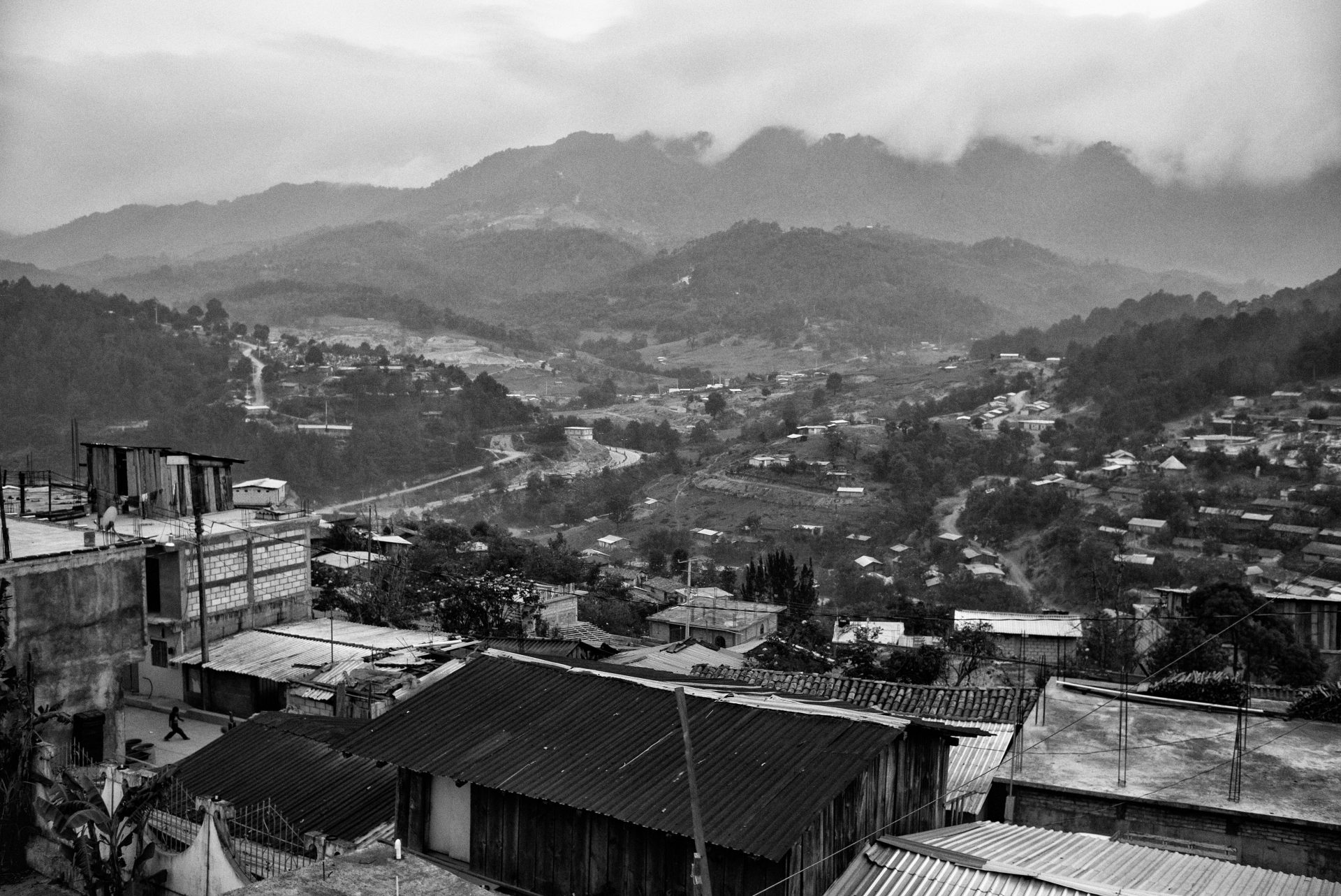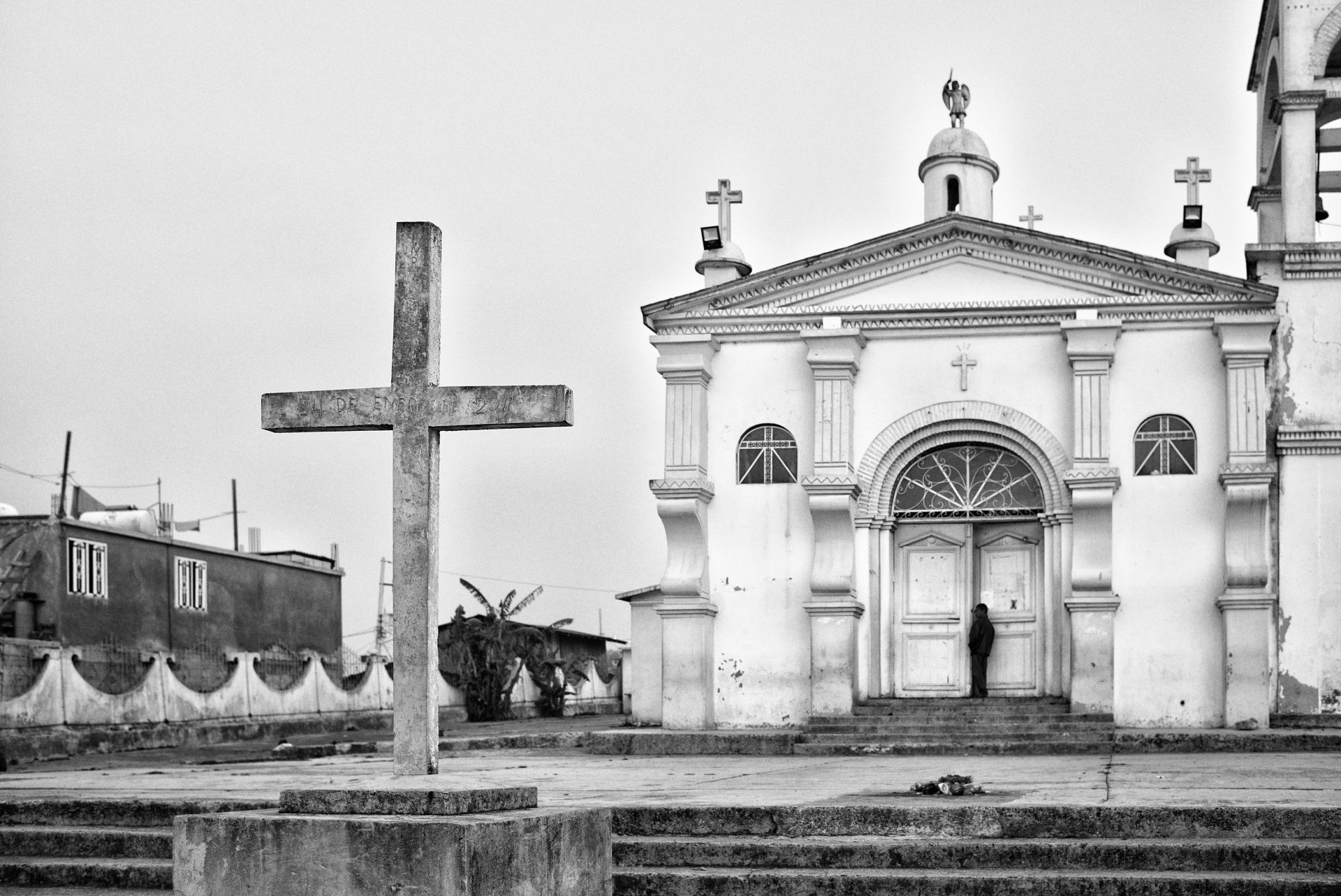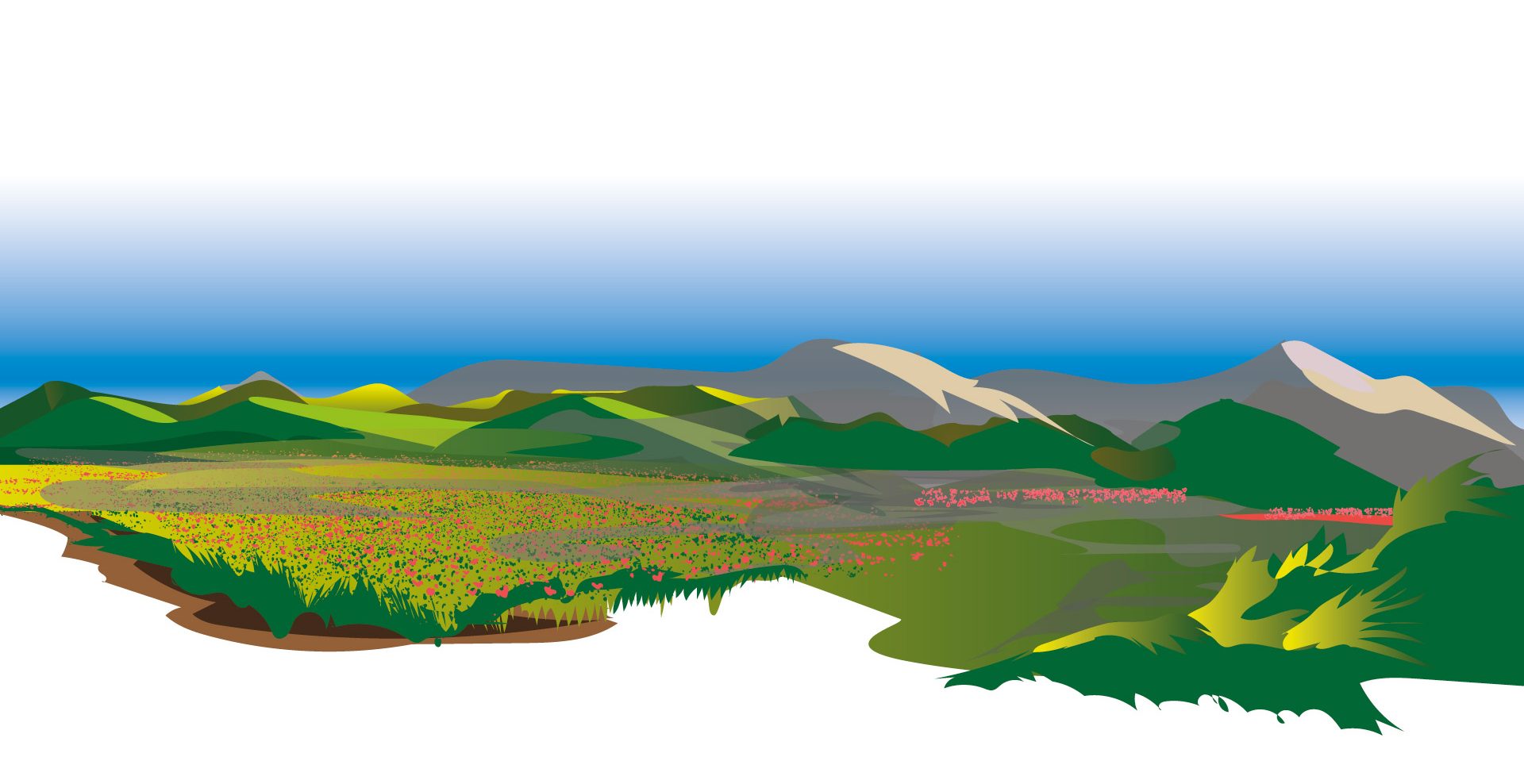This is the Introduction of our Opium Project.
Economics, Politics & Society in Mexico.
Opium poppy is an open door into territories that are emblematic of the Mexican War on Drugs. In fact, in our project, illicit crops are not taken as an object of analysis per se but, rather, as an invitation to better understand the social and political dynamics that shape lives in the mountains of Mexico, as well as in the capital cities of states like Guerrero, Sinaloa, Durango, and Nayarit.
We study territories that are immersed in a paradoxical political situation marked, simultaneously, by isolation and integration. Poppy production zones are, indeed, poorly-communicated with the rest of the country due mainly to the horrendous conditions –or absence– of roadways and transportation services. But this isolation has not impeded these mountainous zones from emerging as key battlefronts in the war on drugs, at both the national and international levels1
This paradox is obvious: these marginalized territories are articulated through an illegal activity that generates spectacular profits by connecting streets in New York, Los Angeles, or Chicago with the deep ravines of the Sierra Madre Occidental and southern Mexico. This activity is called drug-trafficking, specifically, heroin.
Opium economy functions as a “political opiate”. It allows marginalized areas to survive while the State limits its social, educational, and development functions to a minimum.
Situated at the local level, our work seeks to build bridges between these different worlds, where connections are forged and dissolved on regional, national, and international scales2. Our focus on poppies has allowed us to uncover and analyze dynamics related to work, migration, the circulation of money, unequal integration into agricultural and industrial markets, and the local impact of public security policies.
Our project seeks to:
- Produce evidence based on fieldwork, firsthand sources, and analyses of original quantitative data;
- Question the myths and narratives that generally recount, rather than analyze, the political weight of illicit crops in Mexico;
- Disentangle what the war on drugs represents concretely in some of the most emblematic territories in Mexico;
- Understand what illicit crops tell us about economic development in the country, the role of the State with respect to some of its most forgotten citizens, and the stigma imposed on entire regions and populations, like those wild (broncos), narcos, savage, violent people of Guerrero (guerrerenses) and Sinaloa (sinaloenses).
Here, I present the axes of this first product of the project, devoted to studies of the political, economic, and cultural dynamics of poppy cultivation in Mexico.
In this first presentation, we set aside, intentionally, issues of violence, security, and militarization, as these topics will be analyzed in a second series scheduled to appear in April of this year. This must not be taken to mean that we negate the weight of the coercion exerted by multiple actors, both public and private. Violence is ever present, but our goal in this stage was to shift the focus and shed a distinct light on topics that tend to disappear from analyses so often dominated by images of the narco world.
Four ideas and three myths regarding poppies in Mexico
The place of illicit crops cannot be understood if we fail to consider four central ideas:
- The history and socioeconomic characteristics of the territories where they develop;
- The weight of illegality in the daily lives of peasants;
- The interactions and interdependencies that exist between legal and illegal economies;
- The form of governance that the Mexican State has adopted in zones marked by a roughly 50-year war on drugs, and structural reforms implemented since the 1980s.

It is also important to explode three myths as we explore this complex topic.
First, not all the poppies in Guerrero and Sinaloa are cultivated in plantations hidden away in areas of almost impossible access. In many zones, in fact, when the price of gum is high, poppies can be seen in the patios of homes, open plots (parcelas), and just a few meters from roads. They are in plain sight, even to the authorities in charge of combatting their production.
Poppy production, then, is no secret. In production zones, the entire population knows where and when poppies are cultivated and who raises them including, once again, authorities and the forces of public order. The boom of illicit crops, therefore, did not take place behind the State’s back. Truth be told, if Mexican authorities really wanted to eradicate 100% of poppy production, they could do it in a week. This tells us that illicit crops respond to political, economic, and social interests, that have not been studied sufficiently, and that drug-trafficking is part of the Mexican State.
Finally, it is important to emphasize that poppy production in Mexico has no traditional roots, in the autochthonous, endemic, or historical sense of the word. It is, rather, an economic phenomenon: a production propelled by a market. This is not to say that the flower may not be integrated into cultural practices, but only to underline the need to avoid romanticized visions of poppy cultivation. None of our interlocutors spoke of poppies as anything but a form of labor, an economic necessity, a way to earn a living; not one defended the flower culturally.
Poppies, market economy, and uncertainty
Drug-trafficking in Mexico must be analyzed by adopting a historical perspective intimately linked to the formation and development of the Mexican State and the way in which it exercises power in the country.
The political and economic shift that culminated with the signing of the North American Free Trade Agreement (TLCAN, 1994) played a fundamental role in the production boom and drug-trafficking. Then the structural reforms implemented from the 1980s onwards –that have never been reverted– supported export-oriented agribusiness and converted most of the territories that we study into zones excluded from the global legal market.
Poppy-growers (amapoleros) – and, to a degree, drug-traffickers as well – can be seen as social groups that seek to achieve integration into the only market economy that is available to them.
As a result, as the chapter by Irene Álvarez shows, illicit crops can be understood as an adaptation to economic and social policies. In fact, the apogee of poppy production coincided precisely with the aforementioned structural reforms. This opens our eyes to a fundamental point: illicit crops are not a product of the absence of the State but, rather, a direct effect of the role that the State assumes in these regions. Hence, poppy-growers (amapoleros) – and, to a degree, drug-traffickers as well – can be seen as social groups that seek to achieve integration into the only market economy that is available to them.
Our work, therefore, presents two central observations. No other productive activity is as profitable for peasants as poppy cultivation, but no one, neither growers nor analysts, foresaw the crisis that struck the gum market between 2017 and 2020. It seems we are ill-prepared to conceptualize the idea of a crisis of a drug market accustomed –obsessed?– as we are with its supposed perpetual expansion, profitability, and vitality.

This explains why it is so important to question the profitability of drug production. Studies of drug-trafficking tend to overvalue the profits it generates. Not only do they nourish unverifiable myths, but they also fail to analyze how wealth is produced and shared –that is, the value chain of the drug economy– and pay scant attention to its importance in Mexico’s agricultural panorama, as Paul Frissard Martínez analyzes in his text.
Another fundamental question concerns the particularities of the poppy as a source of wealth that generates “abnormal” profitability. Romain Le Cour Grandmaison’s chapter on Guerrero elucidates how “drug money” is a resource that ruptures the profit frameworks of income generated by licit rural activities. As a result, when we consider that this involves tens of thousands of families in entire regions of Mexico, we can see how the poppy drastically transforms consumption styles and social, familiar, industrial, and economic equilibria.
The labor organization of drug production has converted farmers into workers specialized in the various branches of an industry that has now provided jobs to four or five generations of Mexicans.
We have also come to comprehend that modalities of poppy exploitation vary. The money generated is not invested in the same ways because the different territories and their inhabitants have distinct socioeconomic conditions. It is also incorrect to assume that all poppy-growing families in a community live equally. This is illustrated by Irene Álvarez in her text on Guerrero, where she breaks away from the rather romanticized vision of peasant amapoleros living in socially homogeneous communities. Quite to the contrary, she argues, poppies reveal inequalities that pre-date their implantation and development.
Our project thus reveals a world constructed upon an infinite succession of actors –both public and private– that link peasants to consumption markets across thousands of kilometers and through dozens of intermediaries. It was this work organization that converted peasants into a source of labor specialized in poppy production, as growers, peons, slitters (rayadores), transporters (corredores), gatherers (acopiadores), heroin cooks (cocineros), traffickers, or hitmen; the various branches of an industry that has now provided jobs to four or five generations of Mexicans.
In this division of work, each intermediary charges a fee, so at each stage of the transport and transformation of the product its value multiplies exponentially. But this wealth is never transferred completely to the proletariat of the production chain; that is, the peasant amapoleros. For them, profitability goes hand-in-hand with permanent uncertainty. Far from explanations that describe simple, predictable, perfectly transparent commercial mechanisms, our work discovered networks that live in the ephemeral, constantly exposed to impositions, obstacles, and threats, with the result that the fantastic profitability of the final product (heroin) has virtually no structural impact on inequalities, educational deficits, discrimination, criminalization, or the absence of investment by the State.
The importance of the legal for understanding the illegal
We cannot comprehend the socioeconomic weight of poppies without understanding what this entails on ground level: the fact that it is an illegal crop.
Studies generally take the question of illegality for granted, one that does not merit broader discussion. In our project we use the term “illegal” in the strictest sense as something “that violates the law”. Adopting this starting point opens axes of comprehension concerning the effects of the development of an illicit economy on the structures of power, class, production, social mobility, politics, the family, and life opportunities, among many other themes.
Illicit economies do not develop in an economic or political vacuum. Poppy economy must be analyzed not only in the ravines and mountains where the plants are grown, but also through the lens of structural dynamics that interconnect cities, the legal commercial world, and the entrepreneurial actors that are essential for its functioning.
There is no homogeneity in the drug economy, not in terms of prices, actors, geographic spaces, or epochs. This is what makes the poppy so interesting: the same flower, cultivated and exploited in distinct places, produces diametrically distinct economic and social consequences in Guerrero, Sinaloa, and Nayarit. No one, single poppy economy exists. What we find are extreme fluctuations related to social, economic, territorial, and political factors.
We also stress the fact that illicit economies do not develop in an economic or political vacuum, so the poppy economy must be analyzed not only in the ravines and mountains where the plants are grown, but also through the lens of structural dynamics that interconnect cities, the legal commercial world, and the entrepreneurial actors that are essential for its functioning. Drug money circulates constantly between the mountains and the cities, as the chapter by Marcos Vizcarra reveals for the Sierra of Durango and Culiacán, the capital of Sinaloa.

In this case, we observe that the comparative advantage that Sinaloa enjoys in relation to drug-trafficking lies, in part, in the power of its legal commercial infrastructure. This state’s dynamism and competitiveness, anchored in the licit economy, provide optimal support for the illicit economy. This helps explain why the impact of the poppy crisis differed so markedly between Sinaloa and Guerrero, a much less economically competitive state. Analyzing commercial infrastructure thus emerges as an essential point for understanding the construction of drug-trafficking and its contemporary evolutions. As Cecilia Farfán-Mendez writes in her chapter, “everything that facilitates legal commerce, does the same for illegal trade”.
The State, a “political opiate”, and dynamics of resistance
Finally, illicit crops cannot develop in the absence of relations with the State. Illicit economies do not flourish against the State but, rather, in articulation with its agents, by adapting to its transformations, and in collaboration and conflict with different levels of administrations and agencies; in short: the State is indispensable for the maintenance of illicit economies.
Far from observing the absence of State, our work reveals the absolute distrust that inhabitants feel towards public authorities, despite the constant interaction they share. What is important here is to understand qualitatively how public authorities are present.
Positing a definition of the poppy as an “opiate”, we consider that opium economy functions as a “political opiate” that allows marginalized areas to survive while the State limits its social, educational, and development functions to a minimum. The State’s attitude seems to be that if the amapoleros have all they need to survive and, moreover, their resources come from an illegal activity, why should it offer them assistance instead of repression? This approach leads to a better understanding of governance in these emblematic territories of Mexico’s war on drugs.
Poppy-growing has fractured certain community equilibria while simultaneously fostering the reproduction of ethnic, political, and cultural identities.
This vision also reveals that the social and cultural effects of the illicit economy are complex. In the case of the indigenous communities of Nayarit studied by Nathaniel Morris, poppy-growing has fractured certain community equilibria while simultaneously fostering the reproduction of ethnic, political, and cultural identities. This illustrates the dialectic between reconciliation and resistance, and “inclusion” and autonomy, which helps understand that the “modern / traditional” dichotomy is misleading when applied to the topic of illegal markets.
In many respects, in both Nayarit and the area of the Montaña in Guerrero, these markets form part of a much broader complex of repression and discrimination against indigenous identities in Mexico. Our focus on the poppy allows us to recount ambivalent histories of integration that emerge as an echo of both the “war on drugs” and of cultural, economic and political “development” programs.
Read our Dossier n°1
Chapter 2 – Drug-trafficking and Rural Capitalism in Guerrero – Irene Álvarez
Chapter 4 – Sinaloa is not Guerrero. How Legal Economy helps the Illegal – Cecilia Farfán-Mendez
Notes
- See FELBAB-BROWN et. al for Brookings – https://www.brookings.edu/multi-chapter-report/the-opioid-crisis-in-america-domestic-and-international-dimensions/. ↩︎
- See the work produced by TNI on these issues – Poppies, opium, and heroin: Production in Colombia and Mexico – https://www.tni.org/es/node/24043. ↩︎

